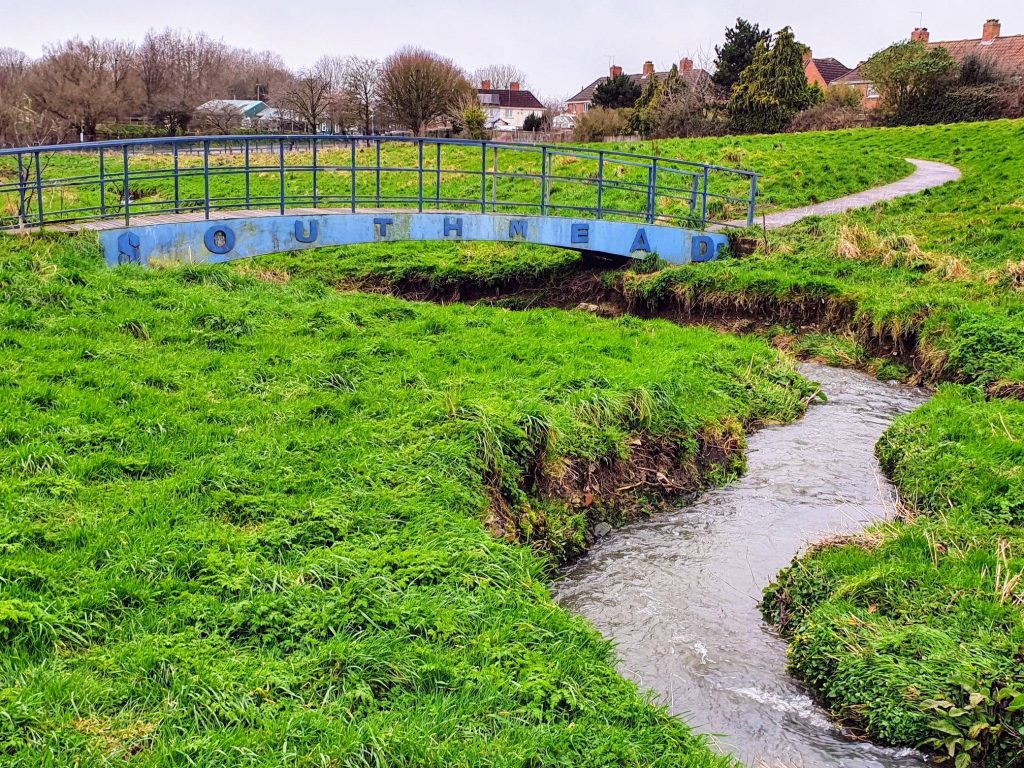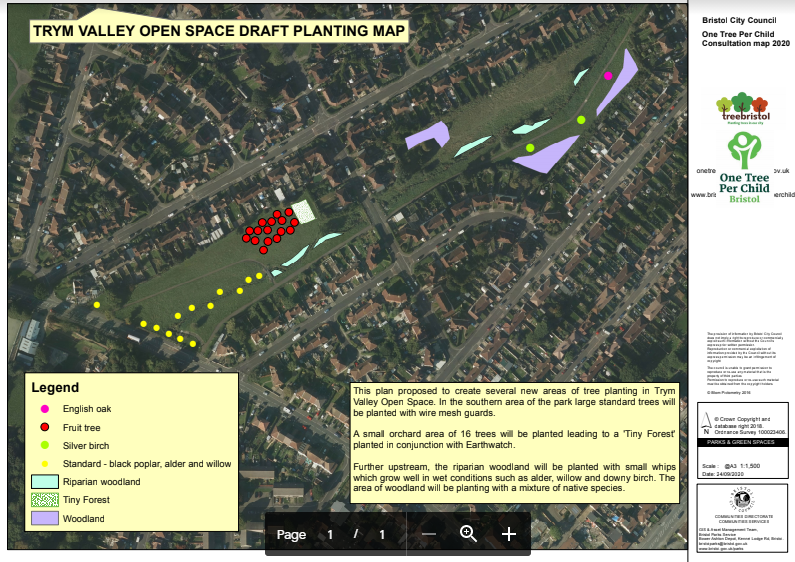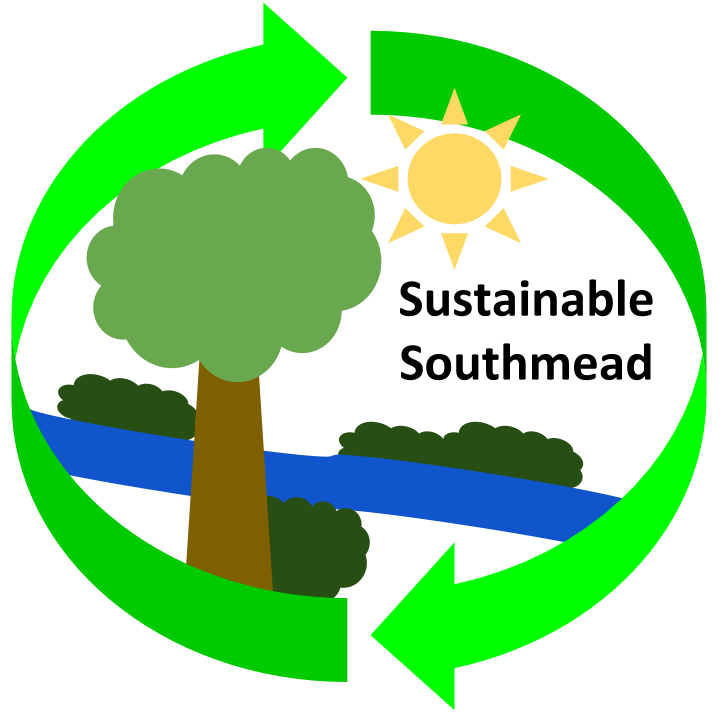
Our Vision
- To regenerate the River Trym to host a multiplicity of native species, up to and including trout
- To increase the status, appreciation and use of the area in the local community
- To create a bio-diverse species rich wildlife corridor through the Southmead estate
The Plan
Working with One Tree Per Child, we will create a mosaic of different habitats and ecosystems in the Southmead Trym Valley. The draft plan is shown below.
We ran a Consultation exercise in October 2020 and will publish the results once available.

The detail
Tiny Forest
This innovative idea creates a 100 year old closed canopy forest in 10 years. Created in conjunction with Earthwatch, the Tiny Forest includes an outdoor classroom and is fenced and gated to protect the trees as they establish. It is managed by a Keeper Team made up from local residents and stakeholders.
Community Orchard
First mentioned in Southmead’s Community Plan 2015, this group of trees will provide free fruit and help maintain local cultivars.
Riparian (riverside) Woodland
Native trees suitable to riverside planting will stabilise riverbanks, preventing erosion and helping prevent flash floods through the river.
Planting larger (standard) trees along the river and path will also improve bank stabilisation and shade cover for the paths. Black poplar is an increasingly rare UK tree, and alder, willow, oak and silver birch are all suited to their planned locations.
Native Woodland
Increasing tree cover will help link the area with Badocks Wood, increasing habitats for birds, insects and animals. Greater tree cover will also improve flood management in the area, enabling greater water take-up.
Calcareous meadow
Where the topsoil is thin and the limestone close to the surface is a unique meadow habitat, similar to the Avon Gorge (Bristol’s most bio-diverse habitat).
Annual cutting and raking will help increase the number and diversity of wildflowers, leading to greater invertebrate populations.
Get involved
Tree Planting: local primary school children will help plant these trees this winter and we are also looking for local volunteers to help.
Tiny Forest Keeper team : we are looking for local residents and representatives from schools and community groups to work with Earthwatch and be part of the Keeper Team, helping to design, plant and maintain the Forest.
Community Orchard Keeper Team: we are looking for local residents and representatives from schools and community groups to be part of the Keeper Team, helping to design, plant and maintain the Forest
If you would like to be involved in planting trees please email us at sustainablesouthmead@gmail.com. Alternatively you can get in touch with Bristol’s One Tree Per Child project at onetreeperchild@bristol.gov.uk


